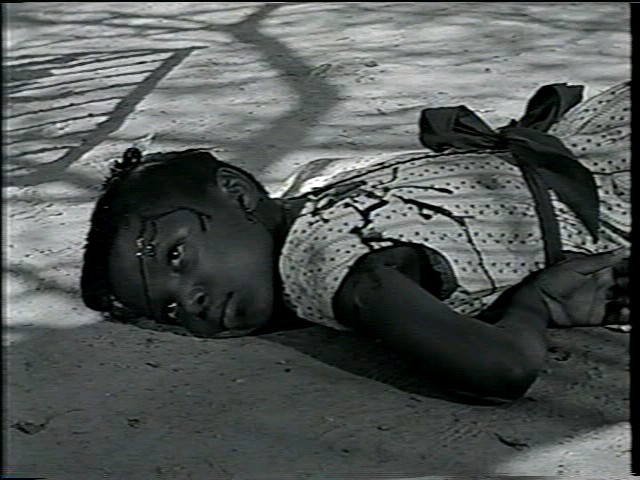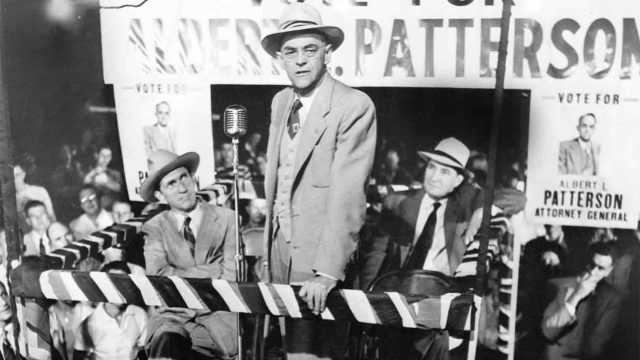Time does odd things to a movie.
1955’s The Phenix City Story is a “ripped from the headlines” thriller that follows the story of Albert Patterson, who ran for Alabama Attorney General on an anti-crime, anti-corruption platform in 1954, and was assassinated before he could take office. His son would replace him on the ballot, and would rise to the governorship in 1959, sporting the full endorsement of the KKK. John Patterson was such a vehement opponent of Civil Rights that the NAACP actually endorsed George Wallace in that race. But none of that had happened yet, and he’s the hero in this film.
Can we ignore the legacy of John Paterson when we watch a movie made before that legacy was a reality? Especially when that movie relies so heavily on its status as a true story? Can we root for an anti-crime crusader when we know that he’s also an anti-integration crusader? It doesn’t help that the requirements of the Hays Code transform what was a very significant large scale crime and corruption problem down to a single casino. Gambling is treated as an existential threat to democracy here, but Jim Crow is not.
But, race is not entirely absent from the film. Around the midpoint of the story, the mob is trying to intimidate Patterson into dropping his campaign, and so they kidnap a little black girl, probably around 8 or 9, and drop her body off on his lawn with a note pinned to her corpse that reads, “this could happen to your kids.” We get a close up of her bloodied face, and it’s one of the most grotesque images I’ve ever seen in a movie from this era. Even today, how often do you see a dead child on screen, let alone a bloodied, murdered child?
How do we respond to this? On the one hand, showing this kind of racialized brutality, and the callous way the police responded to it, is pretty radical for the fifties. And the black family, although they don’t get much screen time, have as much nuance and moral fortitude as any of the other supporting characters. On the other hand, the death has minimal impact on the plot. The speeches going forward aren’t, “we need to stop these child murderers” they’re still, “We need to stop these gamblers.” This is probably because the whole thing was invented for the movie. The film is also sympathetic towards “vigilante groups,” typically code for white supremacist groups, even as it rejects vigilante violence. However, these groups, as portrayed, aren’t racially motivated and the black family is also part of the cause and close to the Pattersons. But then there’s the problem of showing John “I’d rather have no schools than integrated schools” Patterson as a noble figure on good terms with his black neighbors. The whole thing functions as a propaganda piece for Patterson, possibly the greatest campaign ad ever filmed. But can you blame the film for failing to predict the future? And how did any of this play at the time? Watching in 2018, this subplot completely dominates the film and it’s insulting that it isn’t the focal point of the story. Even before the killing, Jim Crow looms over the narrative. But how did the filmmakers expect the audience to respond in 55? How much was the audience expected to sympathize with this girl and her family? And does that even matter sixty years out?
How do you respond to the historical context of the films you watch? Do you see the pro-slavery pro-Confederacy themes in Gone With The Wind as an unfortunate byproduct of its time or as part of the engine of its success? Does Mickey Rooney completely ruin Breakfast At Tiffany’s, or are you able to compartmentalize his scenes? Are there attitudes that you would accept in a movie from the forties that you wouldn’t accept in a movie from the seventies, or that you would accept from a movie from the seventies but not in one from the nineties? Or do you view everything with a degree of anthropological distance? Are old movies informative more than engrossing? And if you’re viewing them through an anthropological lens, how do you separate which parts reflect the culture and which reflect the artist?

